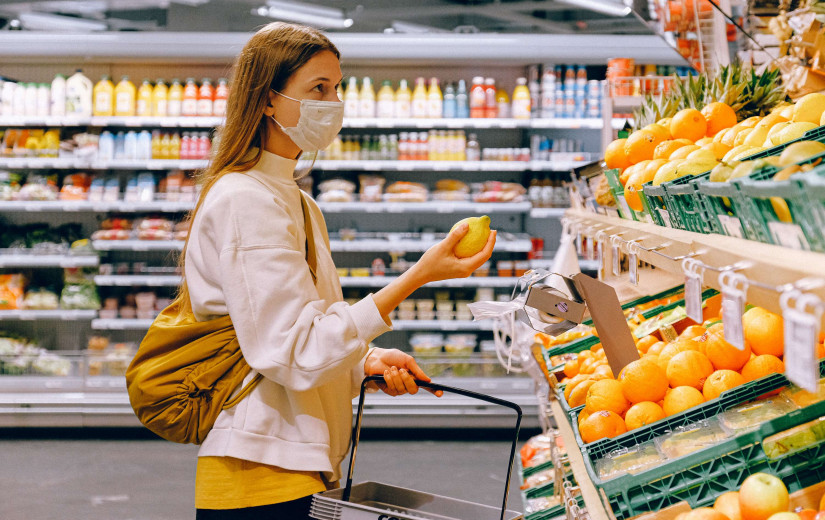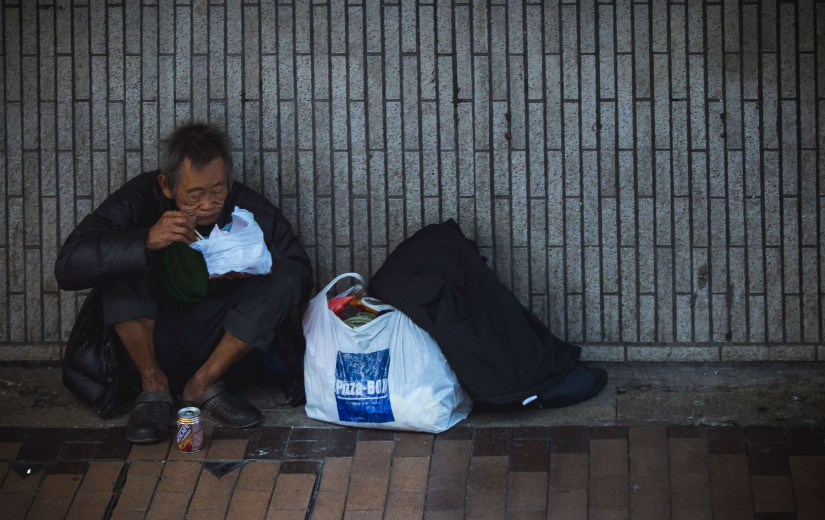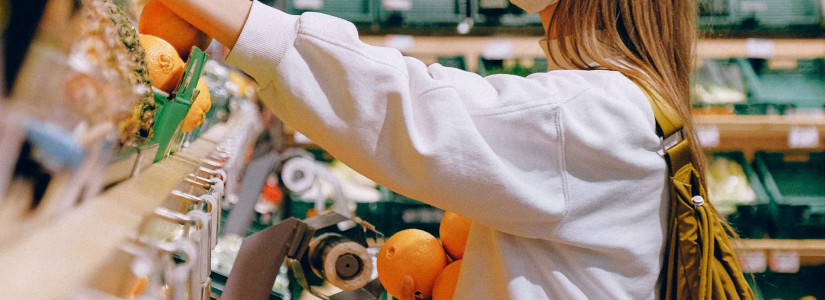CDC Updates Social Distancing Guidelines for School Wellness
Since COVID-19 was declared to be a pandemic by the WHO on March 11, 2020, public health authorities have strongly encouraged people to maintain "social distancing" of six feet. This means not standing closer than six feet from a person who isn't a part of your household. The Centers for Disease Control and Prevention (CDC) issued updates to these guidelines on Friday, March 19.
Past Guidelines Issued By the CDC for Social Distancing
For more than one year, the CDC has recommended that people maintain a distance of at least six feet apart. Scientific studies of cough and sneeze droplets showed that most of the infectious particles would spread within six feet, but some can travel as far as 20 to 25 feet. However, mask wearing reduces the amount of droplets and the distance they can travel. That's why the CDC recommended the six-feet distance in public places.
March 19 Update
On March 19, the CDC updated its guidance on social distancing. It now recommends a social distance of three feet for children in grades pre-kindergarten through 12 in schools. This shorter distance is only acceptable if everyone in the building is wearing a mask. During lunch periods, children won't be wearing masks. They will need to sit at least six feet apart when their masks are off.
Why the Guidelines Were Changed
As the pandemic drags on, scientists are learning more about the SARS CoV-2 virus and how it spreads between people. Studies in schools in Massachusetts found that there was no statistically significant difference in maintaining a social distance of three feet versus six feet between masked students in regards to the number of COVID-19 cases that were newly diagnosed in children attending hybrid or full-time in-person school. Schools have had a difficult time bringing students back because of the stringent public health guidelines. If a six-foot distance is required, classrooms may only be able to fit one-third to one-half the usual number of students. This is also the case for other parts of the school, such as cafeterias, bathrooms and auditoriums. School buses have also had to reduce capacity. In districts where most students rely on buses to get to and from school, this adds a layer of complexity to the reopening process. However, many schools have been open throughout the pandemic. Those that have done so successfully followed the public health guidance.
Some Guidance Remains the Same
The CDC didn't make updates to all aspects of COVID-19 prevention in schools. It still urges universal mask use. It also urges the use of regular hand washing, sanitizing of surfaces and recommends prohibiting the sharing of supplies. The guidance also urges people with even one symptom to stay home from school. In cases where cohorting isn't possible, such as in high schools where students have different classes, the six-foot recommendation is still valid.
Impact of the Updated Prevention Guidelines
It's no secret that President Biden promised to have all schools reopen within 100 days of his inauguration. He did add flexibility that "in-person" instruction didn't have to be full-time, every day for all days of the week. The updated guidelines are expected to make it easier for schools to reopen and get more students into the buildings.
Why Some People Think Children Need to Be Back in the School
Most school districts either shut down or went to a hybrid learning program for most or even all of the pandemic. Some students have struggled with focus. Many have lost credits or seen their grade point averages drop. Students who were on a path to graduation may be at risk of not graduating on time. These are some of the reasons why some parents and teachers as well as administrators and community members think kids need to be "all in." There are social factors for returning to school, too. Children benefit from interactions with their peers. Some have suggested that teen suicide, mental health disorders and substance abuse disorders have increased since schools closed last spring.
Some People Aren't Happy About the Change in Guidance
Parents of medically fragile children aren't happy about the change in guidance. They believe that poor mask use and crowding in classrooms could lead to outbreaks. These parents noted that children aren't yet eligible for the COVID-19 vaccination. They argue that they would rather have their child earn poor grades than become seriously ill or die from COVID-19 infection or complications.

















